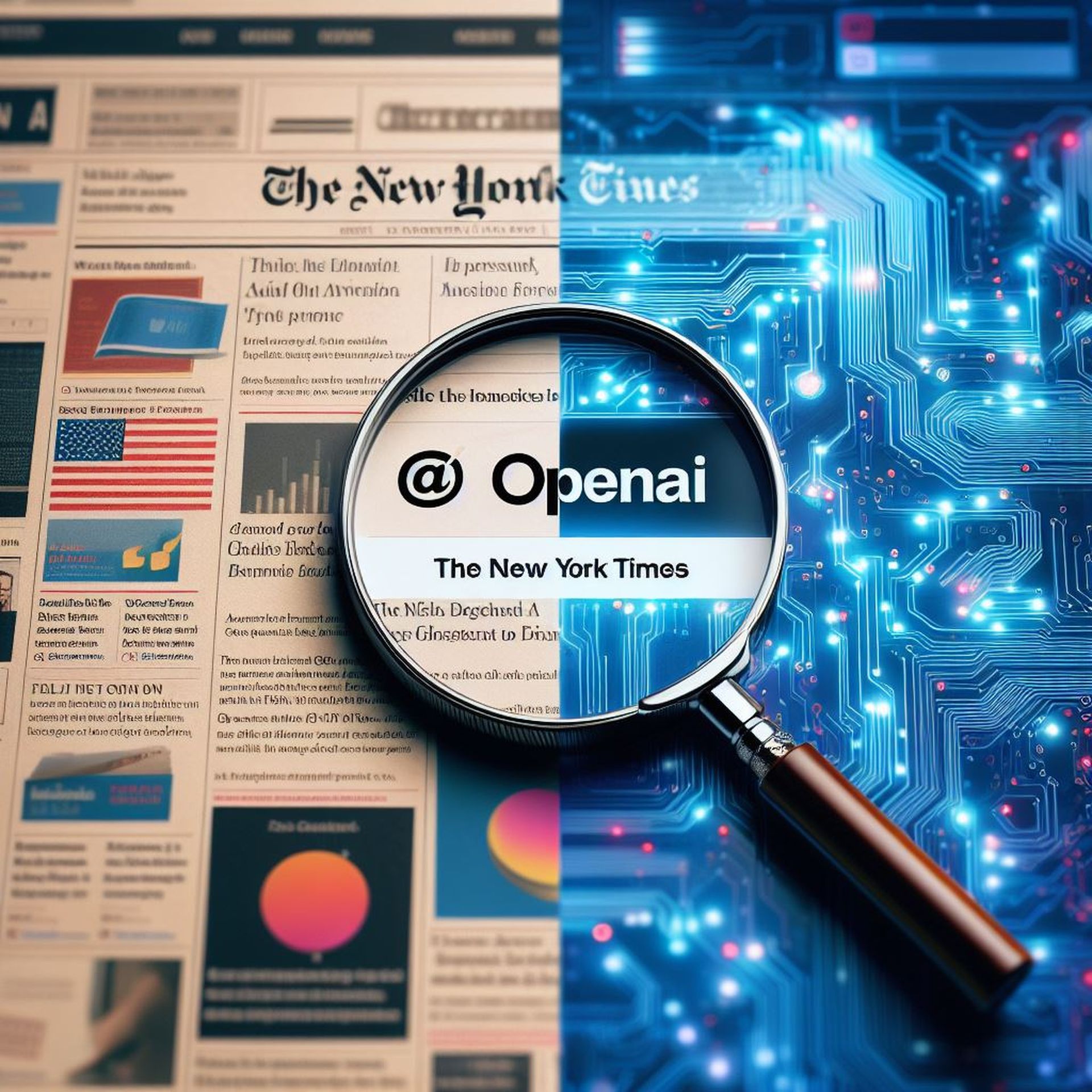The Web3 phenomenon has been a unique entrant into the modern world. It offers many significant advantages, and with key features like immutability, digital tokens, automated smart contracts, and DAOs, we are able to have secure yet decentralized organizations...

The Web3 phenomenon has been a unique entrant into the modern world. It offers many significant advantages, and with key features like immutability, digital tokens, automated smart contracts, and DAOs, we are able to have secure yet decentralized organizations that span across the globe. The potential for the use cases built out of these innovations have only begun to scratch the surface of what is possible. Web3, while it has revolutionary capabilities at the level of the Internet’s rise, also faces certain challenges we never had to face with Web1 and Web2. Two key challenges are still holding back Web3 mass adoption: digital currency and technical understanding. With tokens, all the pieces are there to make a borderless, government-independent digital currency, but while the currency isn’t created by any government, it should still be fairly regulated to protect those using it. The technical understanding piece, thankfully, is more in the hands of the Web3 community. While complex, as Web3 networks evolve they continue to make chains, interfaces, and toolkits that allow developers to build faster and better platforms. These platforms in turn become more intuitive and “Web3 transparent” to users of all technical proficiencies.
A major theme of the Web3 community has been mass adoption, and a big part of that is creating use cases that show the unique value of blockchain in a clear use case. And this is where industry-centric chains come into play. By finding industries that have the most to gain from the use of B2B partnerships, a decentralized guidance from industry members, and a borderless payment method, Web3 can build very strong use cases that can transform the industries affected while bolstering mass adoption of Web3 as a whole. This industry-centric chain development is still rare, but there are several industries working to make this a reality. The most mature development is likely the travel industry based Camino Network, which focuses on creating a platform that connects travel companies together in order to offer comprehensive services to travelers around the globe, all while enabling developers to more easily build value-added services for both companies and customers. Let’s examine this industry-centric chain to see how it creates a much needed synergy for developers, travel companies, and customers. This will give insight into what other industries could especially benefit from an industry-centric chain.
 (Image credit)
(Image credit)
Developers
Industry-centric chains will always offer the standard set of features and tools that are common in Web3. The ability to set up smart contracts, on-chain transparency for key data, a token to exchange value, and possibly a DAO or consortium for governance are all core features. However, an industry-centric chain can also create features that make it much easier for developers to rapidly build platforms that offer key services. In the case of Camino, they have established a solid foundation and then built key jumping off points for developers. Elements like security have been a key focus, as has been the architecture development that emphasizes both high speed and scalability. The chain is Solidity compatible, and has full support for Ethereum Smart Contract standards. This makes the chain fast, secure, scalable, and connected to a major part of the Web3 community. In addition to this foundation, the chain has developed a critical B2B transmission feature called Messenger, which provides fast and encrypted data between the travel companies using the network. This is perfect for the industry, as B2B collaboration between partners is absolutely critical to creating bundled services for travelers. The chain is set up in four parts, including a Platform Chain, Contract Chain, Exchange Chain, and a Travel Chain. Each serves a key purpose and the separation of duties allows the overall network to function more efficiently as travel companies work together to serve their customers. Other key features that benefit a travel-based chain include KYC/KYB (know your client/business), block explorer, and data storage options. All of this combines to form a chain that is tailor made for the travel industry, and does much of the heavy lifting for developers so their time can be spent on specific, unique innovations.
Travel companies
All of the key elements for developers directly benefit the travel companies that will be using all the platforms created specifically for them. For Camino, there is a fast-growing network of services that can be used by the companies to collaborate and create bundled packages for travelers, handle seamless payments, generate contracts that protect both parties, and allow for one-stop-shop searching that will ensure businesses are represented and visible to potential travelers. However, perhaps the key feature for travel companies is that the Camino architecture only allows validators that are travel companies. This ensures that the network itself will always be guided by those representatives that know the industry best, and who most want the network to succeed. This valuable element cannot be overstated.
Travel customers
So, an industry-specific chain can create a foundation that builds the features needed specifically for the type of business it supports. It can create tools to greatly reduce the workload for developers, allowing them to focus more on value-added services and get them out on the network more quickly. And it can help to connect companies to create a global, efficient B2B element that helps collaboration opportunities. So what’s in it for the customer? Simply speaking, all of these pieces add up to a much better experience at the customer level. The goal is that an excellent foundation at the chain level, the platforms built on it, and the interconnections between businesses result in a UI where customers don’t see any of it, but rather see only the result. In the case of Camino, customers can much more easily search for the travel experiences they want. They can find bundles that are comparable, competitive, and are protected through smart contracts. They can easily pay for all services through a simple, secure portal, and be assured that the companies they are working with are vetted and are incentivized to offer the best service possible.
Looking forward
While Camino has taken the lead in building an industry-centric chain, the core elements of the travel industry are not unique, and this model could be easily applied to other industries that could benefit from Web3 technology. Construction and repair, decentralized content creators, real estate… the list is endless. By building core use cases through industry-centric chains, the Web3 community may finally be able to get firm traction toward mass adoption.
Featured image credit: Rana Sawalha/Unsplash
















